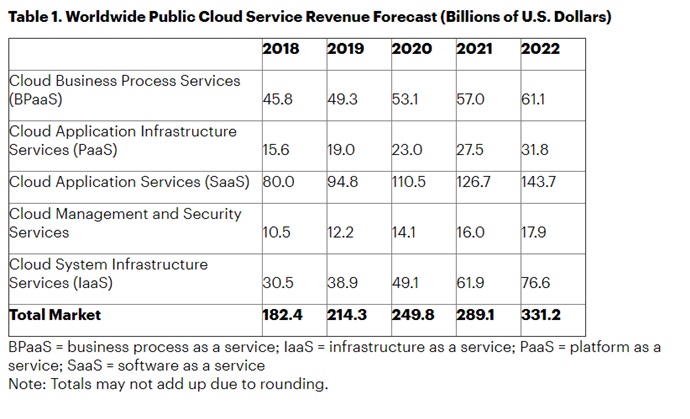Written by Reinier Van Dommelen, Principal Technical Consultant – Software Applications and Systems at iOCO
In the global rush to go serverless and in the cloud, many organisations neglect quality assurance and testing – an oversight that can seriously impair performance and increase organisational risk.
There are numerous reasons for this, but a key one is that cloud migrations are complex projects usually managed by infrastructure teams. Those tasked with driving it aren’t always quality focused, and their views of what QA is might differ significantly from what QA should be.
Should the organisation neglect thorough testing as part of its application cloud migration plan, the smallest mistake left undiscovered, could cause major failures down the line.
Lift and shift migration, the most popular approach and the second-largest cloud services sector by revenue, should not be seen as a simple copy-and-paste operation. Without a concerted effort, accurate planning and coordinated migration testing, a copy-and-paste approach could have devastating consequences for scalability, databases, and application and website performance.

Cloud migration testing and QA priorities and pillars
Thorough cloud migration testing uses quantifiable metrics to pinpoint and address potential performance issues, as well as exposing opportunities to improve performance and user experience when applications are in the cloud. However, teams should be cautious of scope creep at this stage – adding new features during migration could have unforeseen impacts
Proper testing and QA rests on four key pillars – security, performance, functional and integration testing.
Security testing must ensure that only authorised users access the cloud network, understanding who has access to the data, where, when and why users access data. It must address how data is stored when idle, what the compliance requirements are, and how sensitive data is used, stored or transported. Suitable procedures must also be put in place against Distributed Denial of Service (DDoS) attacks.
To realise the performance and scalability benefits of the cloud, testing must validate how systems perform under increased load. Unlike stress testing, performance testing verifies the end-to-end performance of the migrated system and whether response times fulfil service level agreements under various load levels.
Functional validates whether the application is ready to be migrated to the cloud, and whether it will perform according to the service level agreement. In complex applications, it is necessary to validate the end-to-end function of the whole application and its external services.
Even in basic applications where microservices architecture is not required, we see some sort of integration with third-party tools and services, making integration testing important. Therefore, cloud migration testing should identify and verify all the dependencies to ensure end-to-end functionality, and should include tests to verify that the new environment works with third-party services, and that the application configuration performs in a new environment.
With well-architected testing carried out, the organisation can rest assured that cloud migration risks have been mitigated and opportunities harnessed across security, operational excellence, reliability, performance efficiency, cost optimisation and sustainability.
A testing and QA framework for AWS cloud migration
As an AWS certified partner provider, iOCO has tailored our Well Tested Cloud Framework (WTCF) for cloud migration to align with the AWS Well Architected Framework, to ensure customer migrations to the AWS cloud are not only successful, but actually exceed expectations. iOCO resources will lead and manage execution from initial assessment, risk identification and recommendations; through a comprehensive set of checklists and guidelines across each of the four QA pillars; to full migration testing.
In tandem with the AWS Well Architected Framework, iOCO’s WTCF is designed to fast-track AWS migration testing using clear and structured guides and processes and customised options to suit the organisation’s budget and needs.
About Reinier Van Dommelen
As a seasoned Technical Consultant with a wealth of experience, Renier Schuld has a proven track record of delivering successful IT projects for a diverse range of clients. He excels at bridging the gap between business and technical requirements by identifying and implementing systems solutions, guiding cross-functional teams through the project life-cycle, and ensuring successful product launches.
Renier’s expertise in Testing is extensive and includes developing functional specification documents, designing test strategies, creating and executing test scripts to ensure accuracy and quality, developing project and organizational software test plans, providing user support, and building automated test frameworks. He has a passion for continuously improving processes and ensuring that quality is always top of mind throughout the project life-cycle.
